Joel Kronander
Linköping University
HDR image reconstruction from a single exposure using deep CNNs
Oct 20, 2017
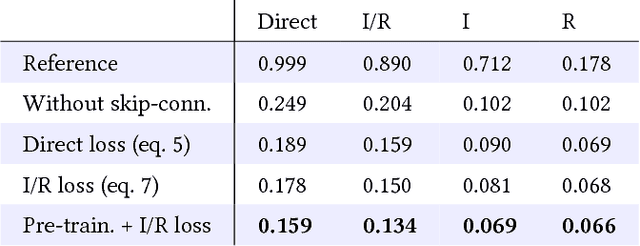
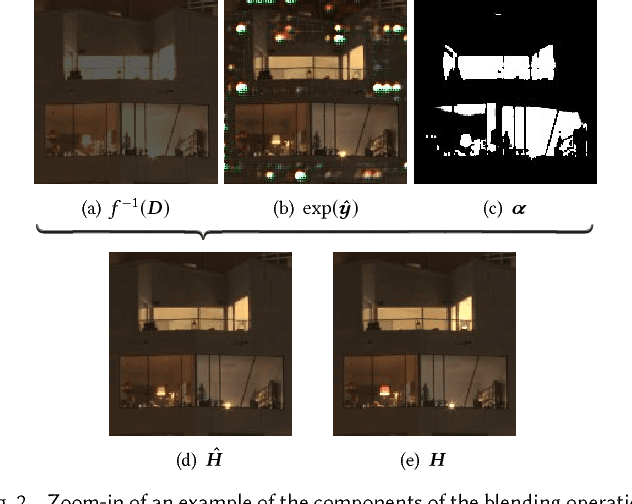
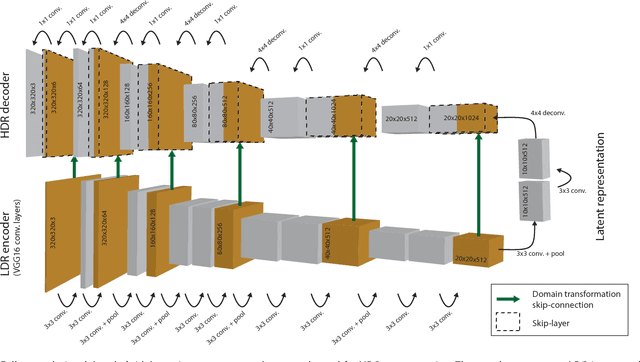
Abstract:Camera sensors can only capture a limited range of luminance simultaneously, and in order to create high dynamic range (HDR) images a set of different exposures are typically combined. In this paper we address the problem of predicting information that have been lost in saturated image areas, in order to enable HDR reconstruction from a single exposure. We show that this problem is well-suited for deep learning algorithms, and propose a deep convolutional neural network (CNN) that is specifically designed taking into account the challenges in predicting HDR values. To train the CNN we gather a large dataset of HDR images, which we augment by simulating sensor saturation for a range of cameras. To further boost robustness, we pre-train the CNN on a simulated HDR dataset created from a subset of the MIT Places database. We demonstrate that our approach can reconstruct high-resolution visually convincing HDR results in a wide range of situations, and that it generalizes well to reconstruction of images captured with arbitrary and low-end cameras that use unknown camera response functions and post-processing. Furthermore, we compare to existing methods for HDR expansion, and show high quality results also for image based lighting. Finally, we evaluate the results in a subjective experiment performed on an HDR display. This shows that the reconstructed HDR images are visually convincing, with large improvements as compared to existing methods.
* 15 pages, 19 figures, Siggraph Asia 2017. Project webpage located at http://hdrv.org/hdrcnn/ where paper with high quality images is available, as well as supplementary material (document, images, video and source code)
Procedural Modeling and Physically Based Rendering for Synthetic Data Generation in Automotive Applications
Oct 18, 2017



Abstract:We present an overview and evaluation of a new, systematic approach for generation of highly realistic, annotated synthetic data for training of deep neural networks in computer vision tasks. The main contribution is a procedural world modeling approach enabling high variability coupled with physically accurate image synthesis, and is a departure from the hand-modeled virtual worlds and approximate image synthesis methods used in real-time applications. The benefits of our approach include flexible, physically accurate and scalable image synthesis, implicit wide coverage of classes and features, and complete data introspection for annotations, which all contribute to quality and cost efficiency. To evaluate our approach and the efficacy of the resulting data, we use semantic segmentation for autonomous vehicles and robotic navigation as the main application, and we train multiple deep learning architectures using synthetic data with and without fine tuning on organic (i.e. real-world) data. The evaluation shows that our approach improves the neural network's performance and that even modest implementation efforts produce state-of-the-art results.
Accelerating pseudo-marginal Metropolis-Hastings by correlating auxiliary variables
Nov 17, 2015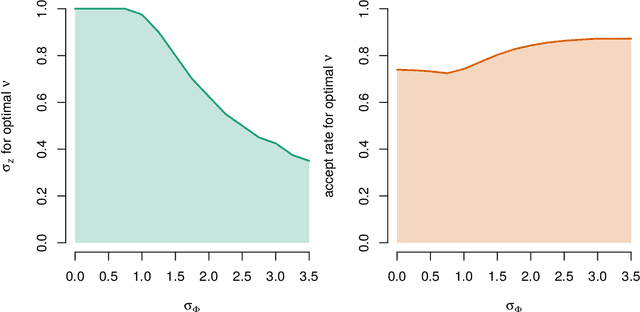

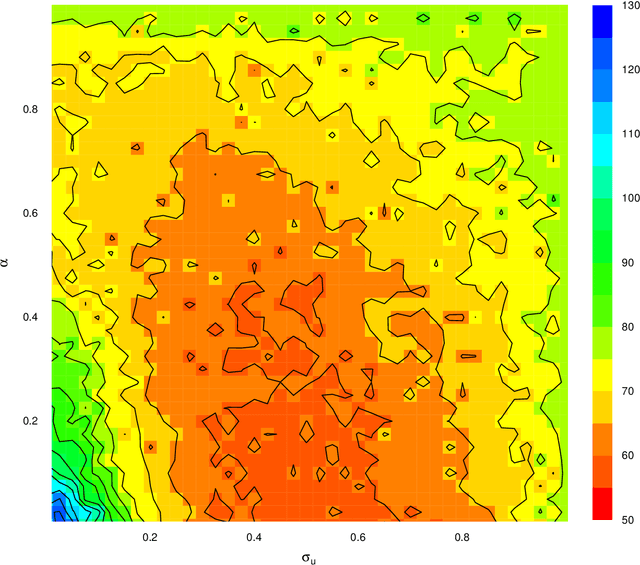
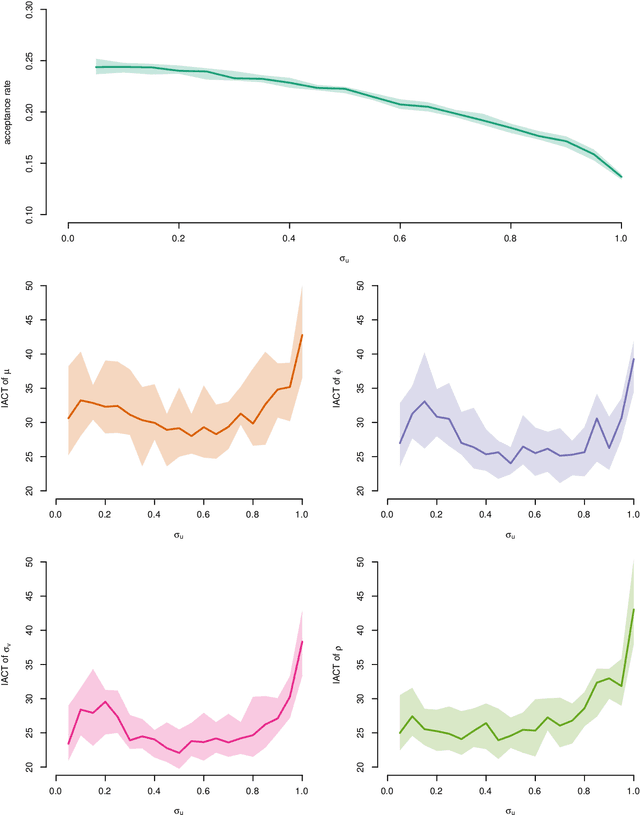
Abstract:Pseudo-marginal Metropolis-Hastings (pmMH) is a powerful method for Bayesian inference in models where the posterior distribution is analytical intractable or computationally costly to evaluate directly. It operates by introducing additional auxiliary variables into the model and form an extended target distribution, which then can be evaluated point-wise. In many cases, the standard Metropolis-Hastings is then applied to sample from the extended target and the sought posterior can be obtained by marginalisation. However, in some implementations this approach suffers from poor mixing as the auxiliary variables are sampled from an independent proposal. We propose a modification to the pmMH algorithm in which a Crank-Nicolson (CN) proposal is used instead. This results in that we introduce a positive correlation in the auxiliary variables. We investigate how to tune the CN proposal and its impact on the mixing of the resulting pmMH sampler. The conclusion is that the proposed modification can have a beneficial effect on both the mixing of the Markov chain and the computational cost for each iteration of the pmMH algorithm.
A Unified Framework for Multi-Sensor HDR Video Reconstruction
Aug 22, 2013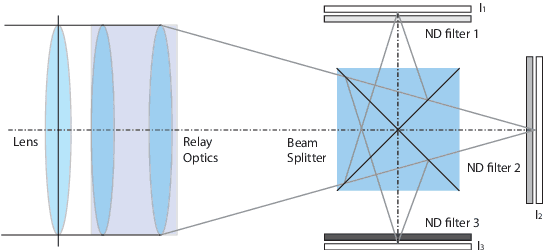
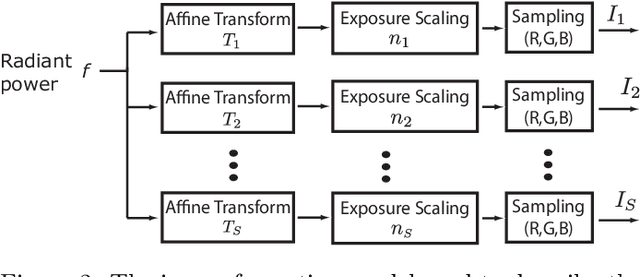

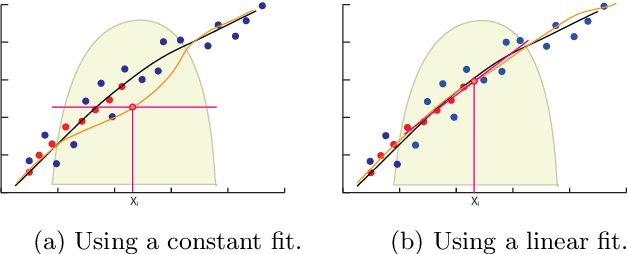
Abstract:One of the most successful approaches to modern high quality HDR-video capture is to use camera setups with multiple sensors imaging the scene through a common optical system. However, such systems pose several challenges for HDR reconstruction algorithms. Previous reconstruction techniques have considered debayering, denoising, resampling (align- ment) and exposure fusion as separate problems. In contrast, in this paper we present a unifying approach, performing HDR assembly directly from raw sensor data. Our framework includes a camera noise model adapted to HDR video and an algorithm for spatially adaptive HDR reconstruction based on fitting of local polynomial approximations to observed sensor data. The method is easy to implement and allows reconstruction to an arbitrary resolution and output mapping. We present an implementation in CUDA and show real-time performance for an experimental 4 Mpixel multi-sensor HDR video system. We further show that our algorithm has clear advantages over existing methods, both in terms of flexibility and reconstruction quality.
 Add to Chrome
Add to Chrome Add to Firefox
Add to Firefox Add to Edge
Add to Edge